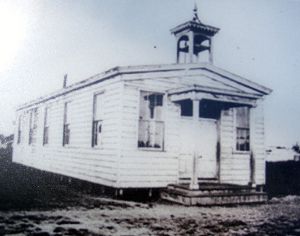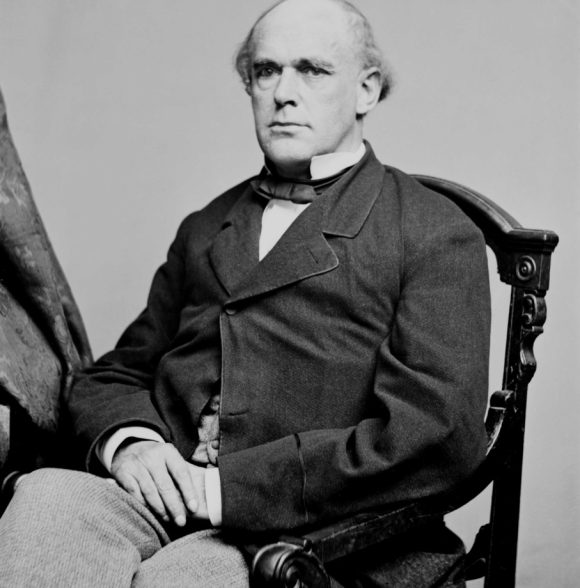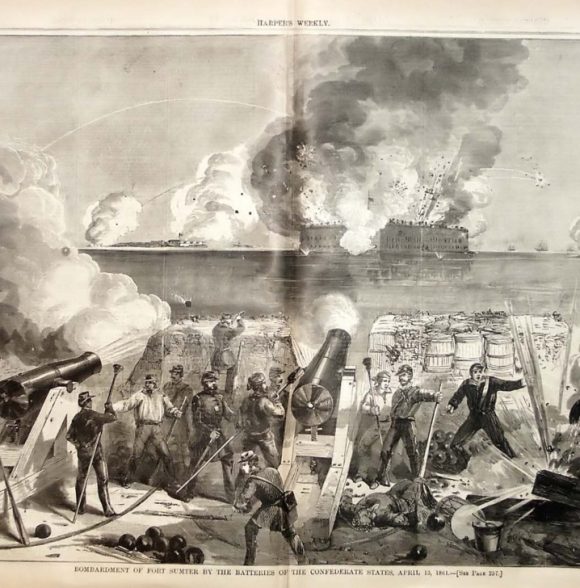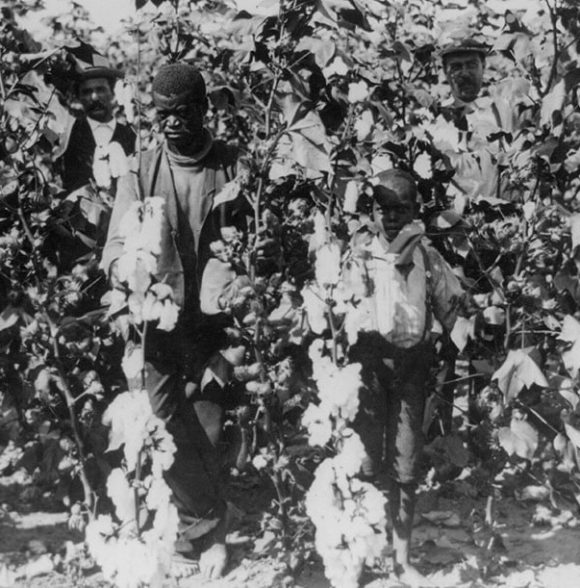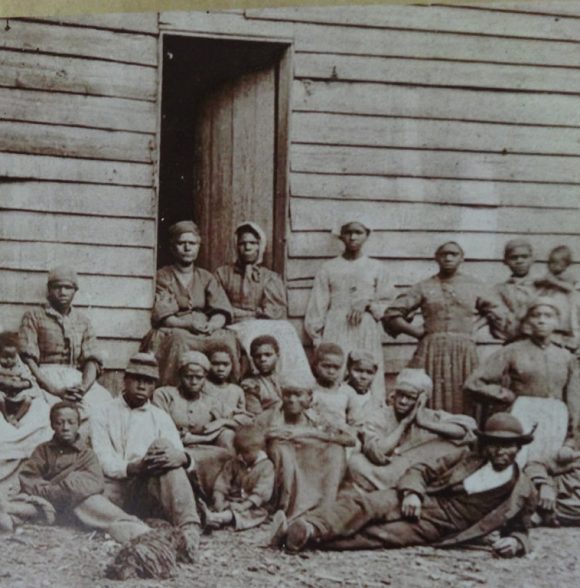Mitchelville Timeline
admin
First African Baptist Church
First African Baptist Church was founded with 120 members and led by Rev. Abraham Murchison (a freed, literate, formerly enslaved
admin
Formerly Enslaved Sea Islanders: Freed?
General Hunter issued a military order freeing blacks in the Sea Islands but it was rescinded by Lincoln shortly thereafter:
admin
All Black Regiment
Union Army General David Hunter, with vague orders from the US Army, began enlisting the formerly enslaved refugees in the
admin
Port Royal Experiment
US Secty of Treasury Salmon P. Chase sent an agent, Edward Pierce (who supervised the work of contrabands in Virginia),
admin
Aftermath of Battle of Port Royal: The Formerly Enslaved Seek Refuge
In the aftermath of the Battle of Port Royal on Hilton Head Island, wealthy white residents and plantation owners fled
admin
Setting the Scene: The Civil War Begins
On April 12, 1861, the Civil War commenced with the Confederate Army attack on the Union Army’s Fort Sumter, off
admin
Setting the Scene: Succession
The rapid expansion of the cotton industry following the invention of the cotton gin greatly increased the demand for slave
admin
Setting the Scene: Profile of the Enslaved Residents
Enslaved people living on the Sea Islands arrived mainly from West Africa, including Cameroon, Angola, and Sierra Leone. Due to
admin
Setting the Scene: Hilton Head Island
On Hilton Head Island alone, there were more than 20 working plantations and 200+ in surrounding areas. Cotton and rice

